Across the timeline of human existence cats (felis catus) have held a significant and diverse importance in various cultures worldwide. Respected as gods, dreaded as enigmas or adored as companions cats have made an impression on societies from ancient eras to modern times. Lets delve into the fabric depicting how cats have been respected, feared and adored in different civilizations.
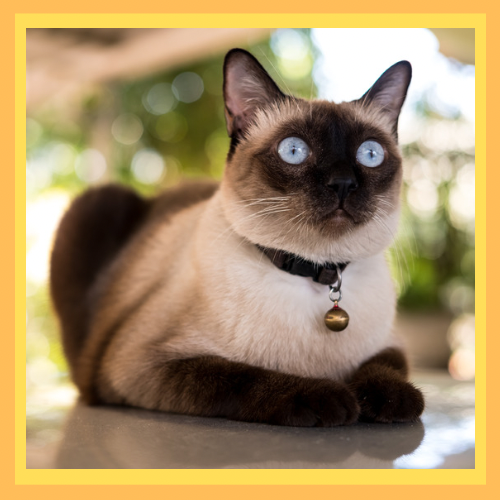
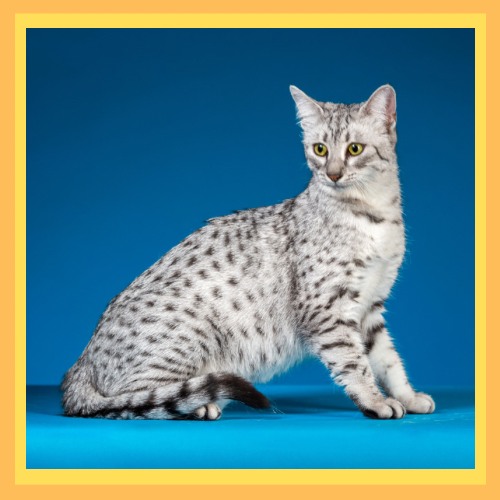
Ancient Egypt: Protectors of the Sacred
No civilization embodies the reverence for cats than ancient Egypt. Cats, the Mau and African wildcat (felis lybica) were worshipped as embodiments of Bastet, the goddess of home, fertility and defense. Egyptians believed that cats possessed powers that kept evil at bay and brought prosperity to households. Taking a cats life accidentally was seen as a crime punishable by death.
Cats were often part of households as pets where they received love and respect. They were frequently portrayed in art and statues to showcase their elegance while symbolizing Bastets presence. Upon their passing, cats were laid to rest with reverence underscoring their significance, in Egyptian culture.
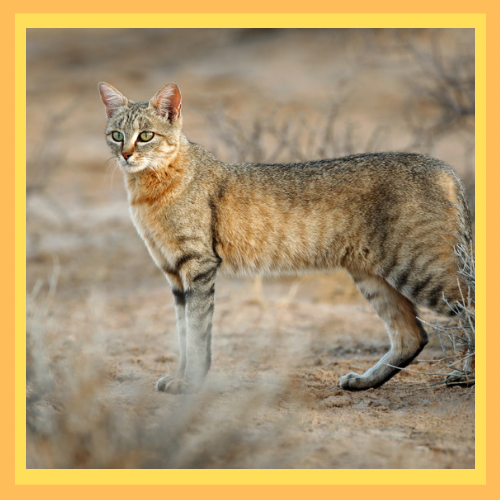
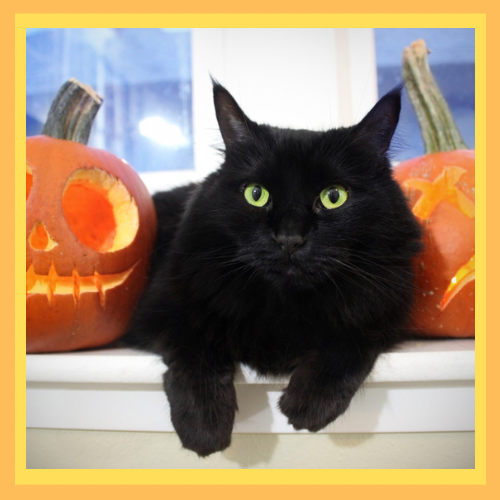
Medieval Europe: Symbols of Enigma and Superstition
During the era, in Europe cats faced persecution unlike the revered status they held in Egypt. Often associated with witches and witchcraft cats were viewed with suspicion and fear. Their mysterious behaviors and nocturnal activities were misunderstood leading many to believe they were connected to forces or acted as companions to witches.
In the century amid the Black Death outbreak cats were wrongly blamed as carriers of the plague. This misconception resulted in an extermination of cats across Europe inadvertently worsening the epidemic by allowing rat populations (the carriers of the disease) to multiply unchecked. The demonization of cats during this period reflects a chapter in their history driven by fear and misinformation.
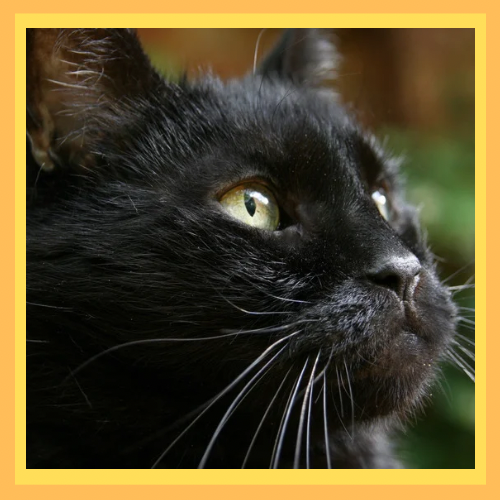
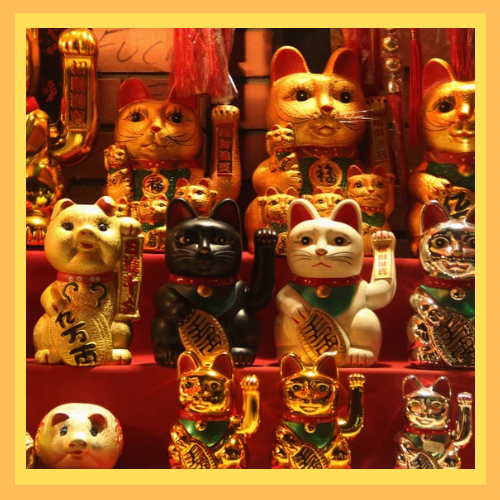
Maneki neko: Japanese cat for luck and prosperity
On a note in Japan cats symbolize luck and prosperity. The beckoning cat known as Maneki neko is a charm believed to bring fortune and success to both homes and businesses. This iconic figurine depicts a cat raising one paw in a gesture, seen as an invitation for wealth and prosperity.
The origins of Maneki neko trace back to the Edo period (17th–19th centuries) where tales of cats saving samurai or merchants from harm added to their reputation, for bringing luck.
In Japan the Maneki neko is widely recognized as a symbol of luck and protection seen in places, like shops, eateries and homes.
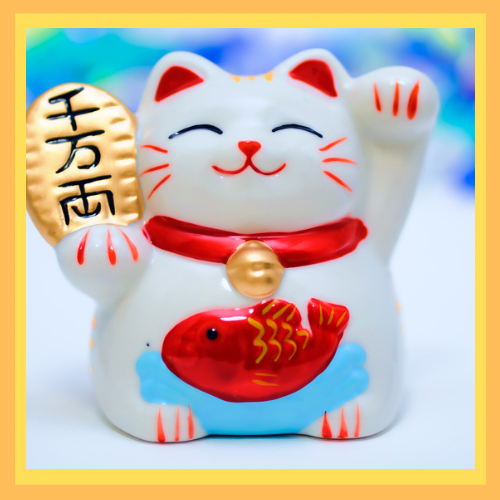
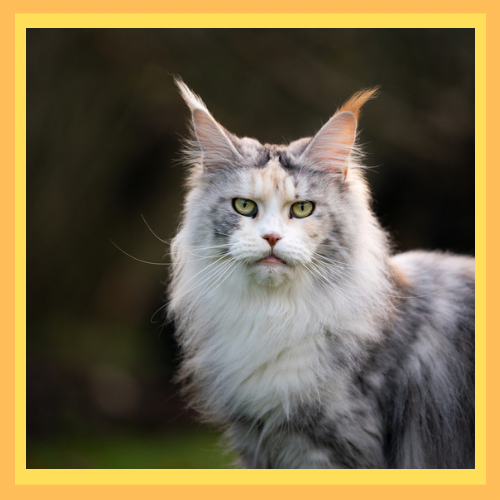
Present Day Admiration
Today cats continue to capture peoples hearts. The digital era has brought about a resurgence of cat adoration with cat videos, memes and social media profiles dedicated to these pets. Cats represent traits such as independence, curiosity and resilience that resonate with values solidifying their status as enduring figures in culture.
Moreover, cats maintain a presence in literature, art and cinema as symbols of mystery, intuition and companionship. Works like T.S. Eliots “Old Possums Book of Practical Cats” and films like “The Aristocats” showcase how felines inspire creativity and imagination across forms of expression.
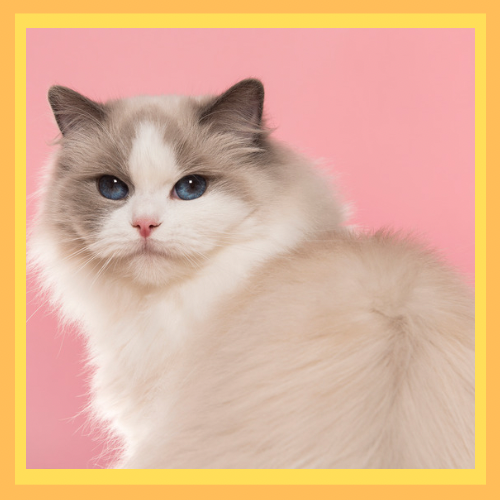
In Summary
The cultural importance of cats has transcended ages embodying beliefs and attitudes that mirror humanities evolving connection with these beings. From revered protectors in Egypt to symbols of fortune, in Japan cats have journeyed through history as companions, guardians, and enigmatic symbols.
Exploring the significance of cats not deepens our admiration, for these captivating creatures but also highlights the significant influence they have had on shaping the stories of societies throughout history.
References:
• https://kids.nationalgeographic.com/pages/article/cats-rule-in-ancient-egypt
• https://www.worldhistory.org/article/1387/cats-in-the-middle-ages/
• https://www.catster.com/lifestyle/lucky-cat-maneki-neko/
• https://ashevillecatweirdos.org/cats-muse-symbol-and-icon-in-art-literature-and-pop-culture/


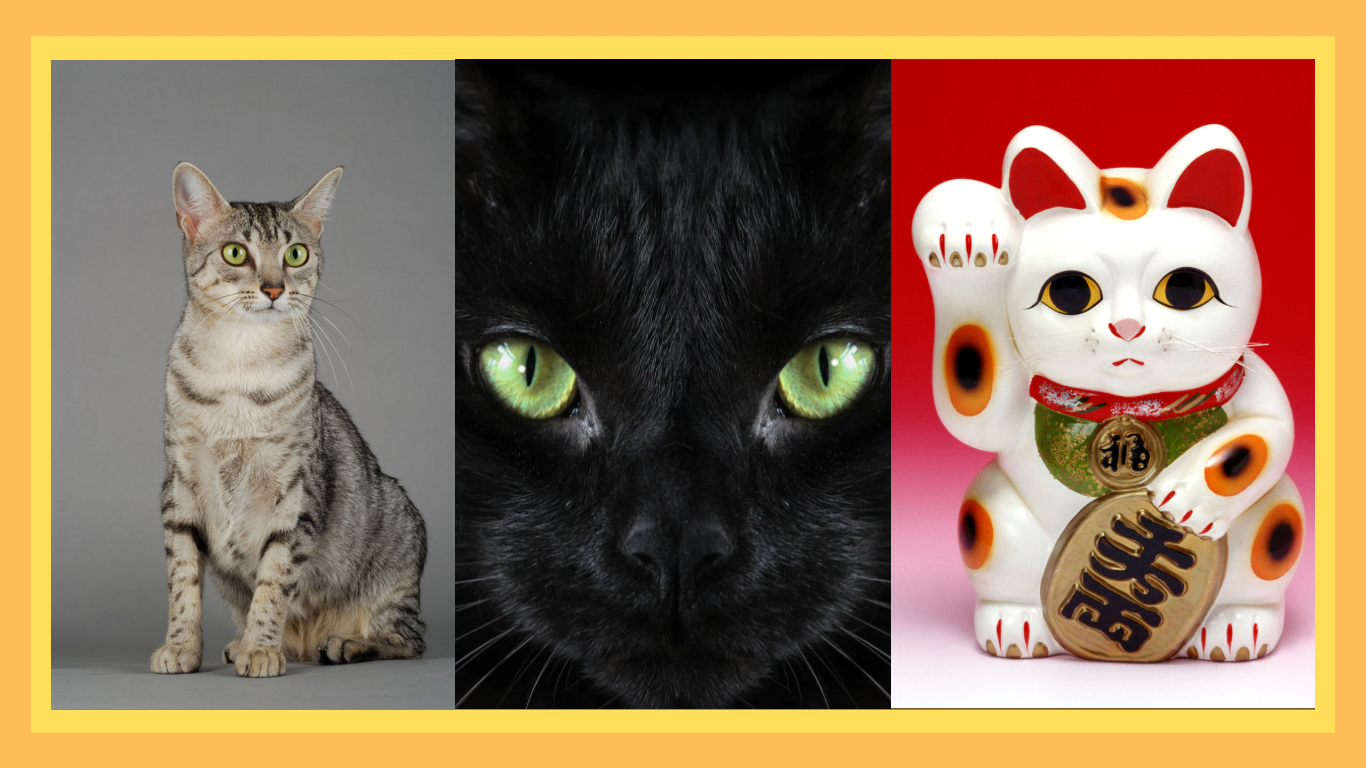


Thanks for sharing. I read many of your blog posts, cool, your blog is very good.
Thanks for sharing. I read many of your blog posts, cool, your blog is very good.
Thanks for sharing. I read many of your blog posts, cool, your blog is very good.
Thanks for sharing. I read many of your blog posts, cool, your blog is very good.